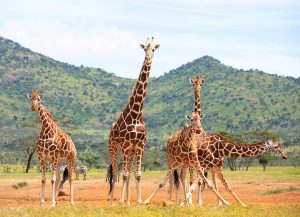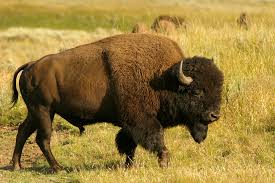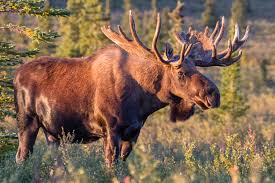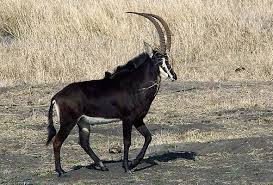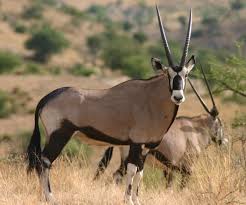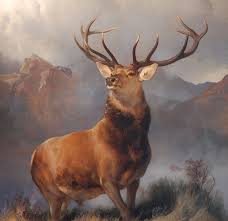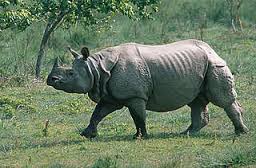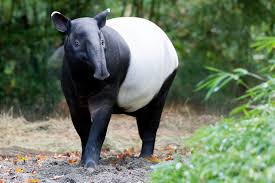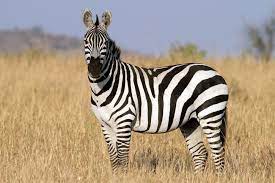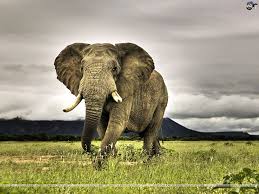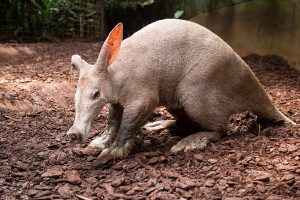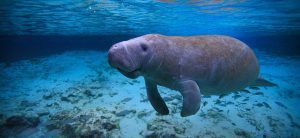Distribution
Grazing animals started to evolved over 50 million years ago they spread throughout Asia, Africa, Europe and North America whilst the continents were still connected.
Tapirs. Southeast Asia, Central and South America. 4 species
Rhinoceroses. Africa and southern Asia. 5 species
Horse family (horses, donkey, zebras, onager). Africa, Europe, and Asia. 9 or 10 species.
Suidae – Pigs. Africa, Asia, and Europe.
Tayassuidae – Peccaries. North and South America.
Hippopotamidae – Hippopotamuses. Africa.
Camelidae – Camels, llamas. Africa, Asia, and South America.
Tragulidae – Mouse deer or chevrotains. Africa and Asia.
Cervidae – Deer, elk, moose. North and South America, Europe, Asia, northern Africa.
Moschidae – Musk deer. Asia.
Giraffidae – Giraffe and okapi. Africa.
Antilocapridae – Pronghorn. North America.
Bovidae – Antelope, buffalo, cattle, goats, and sheep. Africa, Europe, Asia, and North America.
Elephants Africa and Asia Aardvarks Rock Hyraxes and even Manatee.
Hoofed animals or Ungulates are members of the diverse clade Ungulata which primarily consists of large mammals with hooves. Living ungulates are divided into two orders: even-toed ungulates such as cattle, pigs, giraffes, camels, llamas, sheep, deer, and hippopotamuses and even whales
the odd-toed ungulates including horses, rhinoceroses, and tapirs; and
Elephants (Afrotheria) Elephants Aardvarks Rock Hyraxes and even Manatee.
Evolution
Odd toed Ungulates (Perissodactyla) Have evolved over about 55 million years bearing their weight on their odd toes so the hoof (nail) has developed on theses toes, the central axis of the foot passes through the third toe. In rhinoceroses, the first and fifth toes are lost and the animal walks on the remaining three toes. In horses, only the third toe remains and supports the whole weight of the animal. Tapirs have four toes on their front feet and three on their hind feet. The horses and tapirs both evolved in North America; the rhinoceroses appear to have developed in Asia from tapir-like animals and then spread back to the Americas about 45 million years ago.
There were 12 families categorized from the fossil record, of which only three survive. These families were very diverse in form and size; they included the enormous Brontotheres and the bizarre Chalicotheres. The largest perissodactyl, an Asian rhinoceros called Paraceratherium, reached 11,000 kg (12 tons), more than twice the weight of an elephant.
Perissodactyls were the dominant group of large terrestrial browsers until the rise of grasses about 20 million years ago saw a major change: the even-toed ungulates with their more complex stomachs were better adapted to a coarse, low-nutrition diet, and soon rose to prominence. Nevertheless, many odd-toed species survived and prospered until 10,000 years ago when they faced the pressure of human hunting and habitat change.
Perissodactyla families
Tapiridae – Tapirs. Southeast Asia, Central and South America. 4 species
Rhinocerotidae – Rhinoceroses. Africa and southern Asia. 5 species
Equidae – Horse family (horses, donkey, zebras, onager). Africa, Europe, and Asia. 9 or 10 species.
In Artiodactyla, even-toed ungulates, the axis of the leg passes between the third and fourth toes. The weight of most even-toed ungulates is born evenly on the third and fourth toe of each foot with the other toes being absent, or vestigial in the case of most deer. Hippopotamuses and pigs have four functional toes on each foot. As with many mammal groups, even-toed ungulates first appeared about 54 million years ago, they were rather like today's chevrotains: small, short-legged creatures that ate leaves and the soft parts of plants. By 46 million years ago the three modern suborders had already developed: Suina (the pig group); Tylopoda (the camel group); and Ruminantia (the antelope group). Nevertheless, artiodactyls were far from dominant at that time: the odd-toed ungulates were much more successful and far more numerous. Even-toed ungulates survived in niche roles, usually occupying marginal habitats, aided by their complex digestive systems, which allowed them to survive on lower-grade feed. Grass changed everything about 20 million years ago. Grasses are very difficult to digest and the even-toed ungulates with their highly-developed stomachs were better able to adapt to this coarse, low-nutrition diet. They gradually replaced the odd-toed ungulates as the dominant terrestrial herbivores.
Artiodactyla families
Suidae – Pigs. Africa, Asia, and Europe.
Tayassuidae – Peccaries. North and South America.
Hippopotamidae – Hippopotamuses. Africa.
Camelidae – Camels, llamas. Africa, Asia, and South America.
Tragulidae – Mouse deer or chevrotains. Africa and Asia.
Cervidae – Deer, elk, moose. North and South America, Europe, Asia, northern Africa.
Moschidae – Musk deer. Asia.
Giraffidae – Giraffe and okapi. Africa.
Antilocapridae – Pronghorn. North America.
Bovidae – Antelope, buffalo, cattle, goats, and sheep. Africa, Europe, Asia, and North America.

